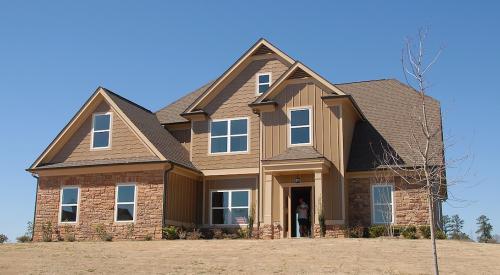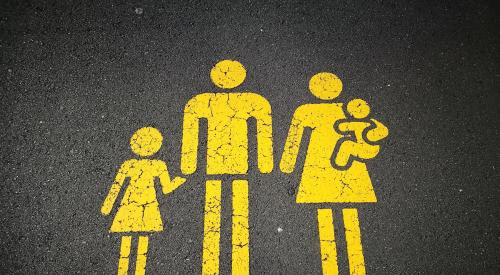More than 10 percent of U.S. households are “severely housing-burdened”, spending at least half their income on housing costs.
CityLabs reports that these families, who are spending well above the one-third of income that experts recommend be spent on housing, tend to be located close together in urban centers. Approximately half of these households live in neighborhoods where at least one of every three neighbors is facing a similar housing burden.
Severe housing burden is far more common among African-American households, where nearly one-in-four pay a majority of their income on housing, according to 2019 County Health Rankings by the University of Wisconsin Population Health Institute and the Robert Wood Johnson Foundation. And renters tend to have considerably higher rates of housing burden than people who have bought their home.
This isn’t just a pocketbook issue, either. Areas with high housing burdens tend to score worse on a host of public health issues than similar areas where homes are more affordable, according to the county health rankings.













